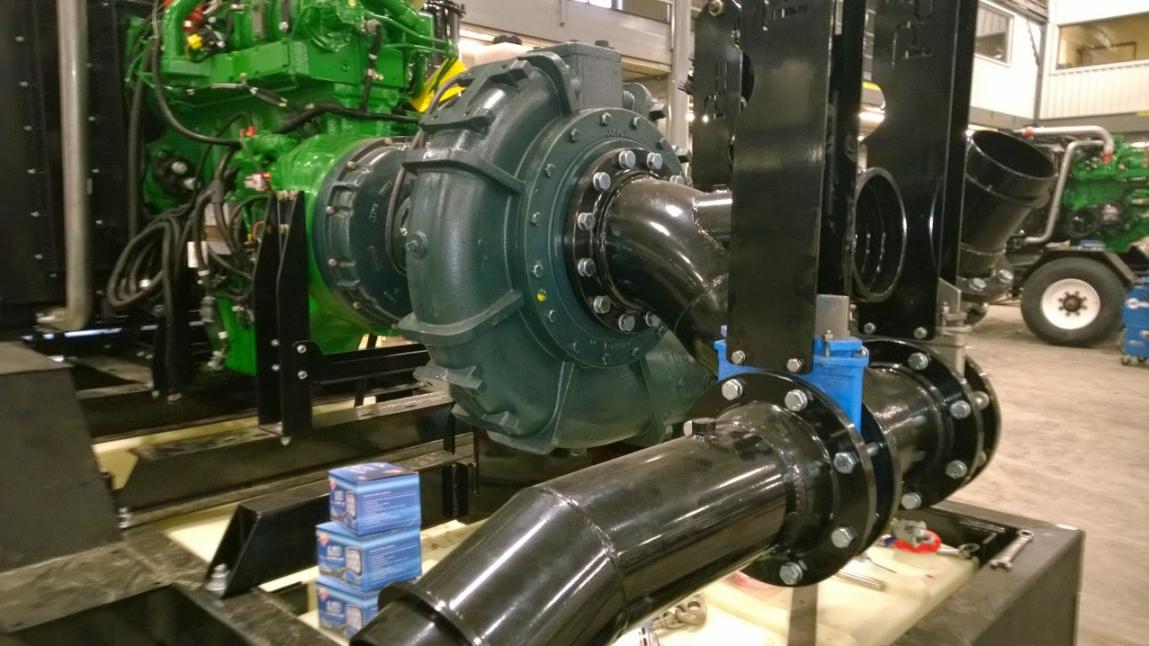The government needs to shift its focus from macroeconomic policy to narrower approaches in order to help shore up the troubled manufacturing sector, Persian economic daily Forsat Emrooz cited experts as saying.
The producer price inflation (PPI) rate has been going up for the last three successive months with an average rate of 0.2 percent, statistics published by the Central Bank of Iran indicate, according to Forsat Emrooz, which characterized the trend to be “worrying”.
Having experienced a prolonged recession during former president Mahmoud Ahmadinejad’s tenure, the manufacturing sector began to see signs of hope after the change of government.
Since the eleventh cabinet took the office in August 2013, it has pursued curbing inflation and moving the economy out of recession as its main policies.
Now, experts believe it might be time for the government to shift its attention from macroeconomic policies towards smaller scale policies in order to help find ways to boost the manufacturing sector.
The PPI increased by 0.7 percent the month starting November 22 compared to a month before, showing a 0.1 percent increase, wrote the report.
Point-to-point inflation rate also reached 13.1 percent in the same month, increasing by 0.1 percent compared to the preceding month, it added.
Alireza Pour-Faraj, an economist and industry expert, in an interview with Forsat Emrooz described the current rise in prices to be an inevitable result of upsetting the balance between supply and demand.
“Now manufacturers have to offer their products with higher prices to compensate production costs,” he noted, stressing the need to identify the cause of the rising PPI trend, which he said is basically traced in the high price of energy carriers and/or raw material.
Some experts argue that the current inflation rate and problems raised in the manufacturing sector largely go back to the wrong economic policies developed by the former government, as well as deficiencies of the banking and tax systems.
“The previous government suddenly raised the price of energy carriers and started to pay cash subsidies to the people,” calling it an ‘economic reform’, without even considering the consequences, and without making due arrangements before taking such a drastic measure, e.g. revising the tax and banking system in the first place, said Mohsen Shoraka, a board member at the East Productivity Association, and a senior advisor at the Industry, Mine and Trade Organization of Khorasan Razavi Province.
Import Mania
The previous government paid the least attention to the manufacturing sector, he said, adding that windfall oil revenues, instead of enhancing the manufacturing sector, gave rise to an ‘import mania’.
Shoraka believes the ill-considered policies taken by the previous administration will continue to affect the economy for up to 40 years.
Lack of working capital is the main problem faced by manufacturers, he said, adding that unless proper strategies are adopted to boost production, the upward trend in producer price inflation will continue, and the manufacturing sector will remain weak.
Solution
Manufacturing units and enterprises need case studies and field studies to identify the bottlenecks of production, in a bid to classify them and find a solution for each category of the problems, said Pour-Faraj.
“Most manufacturing enterprises are now working below their actual capacity,” he said, adding that once the minor problems they face are solved, they can utilize their full capacity.
Although adopting macroeconomic policies might be beneficial for some enterprises, they might not influence others in any way at all, he said.
However, conducting in-depth studies on the problems of manufacturing units can certainly be more helpful, he suggested.


